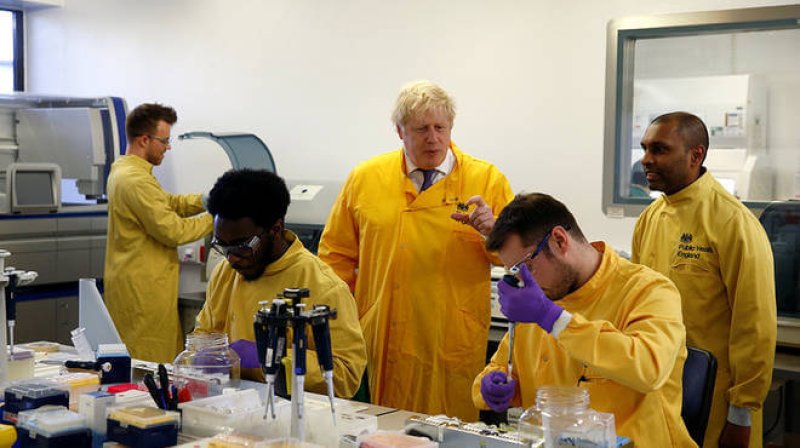As the coronavirus spreads around the globe, it has mutated in tiny, subtle ways. Those mutations aren’t cause for concern, and so far, don’t appear to be making the virus any more or less dangerous. But scientists can use those slight changes to track the virus from person to person, and location to location.
“If we identify a new outbreak cluster in one state, and there’s a question of whether it’s related to a previous cluster or not, the small mutational changes can help you figure out if they’re connected,” says Patrick Boyle, a synthetic biologist at Ginkgo Bioworks.
…
Ginkgo is repurposing its systems, which normally don’t sequence viruses, to analyze as many samples of the coronavirus as possible. The goal is to help build out the maps that show how the virus jumped from one person to the next. They’re hoping to scale up to be able to publish the full genetic sequence of 10,000 virus samples a day.
…
Expanding the number of coronavirus sequences available will give scientists a picture of the outbreak, in the US and around the world. Along with testing, it’s one way scientists can keep track of the virus’s movements — and help to rein it in.































